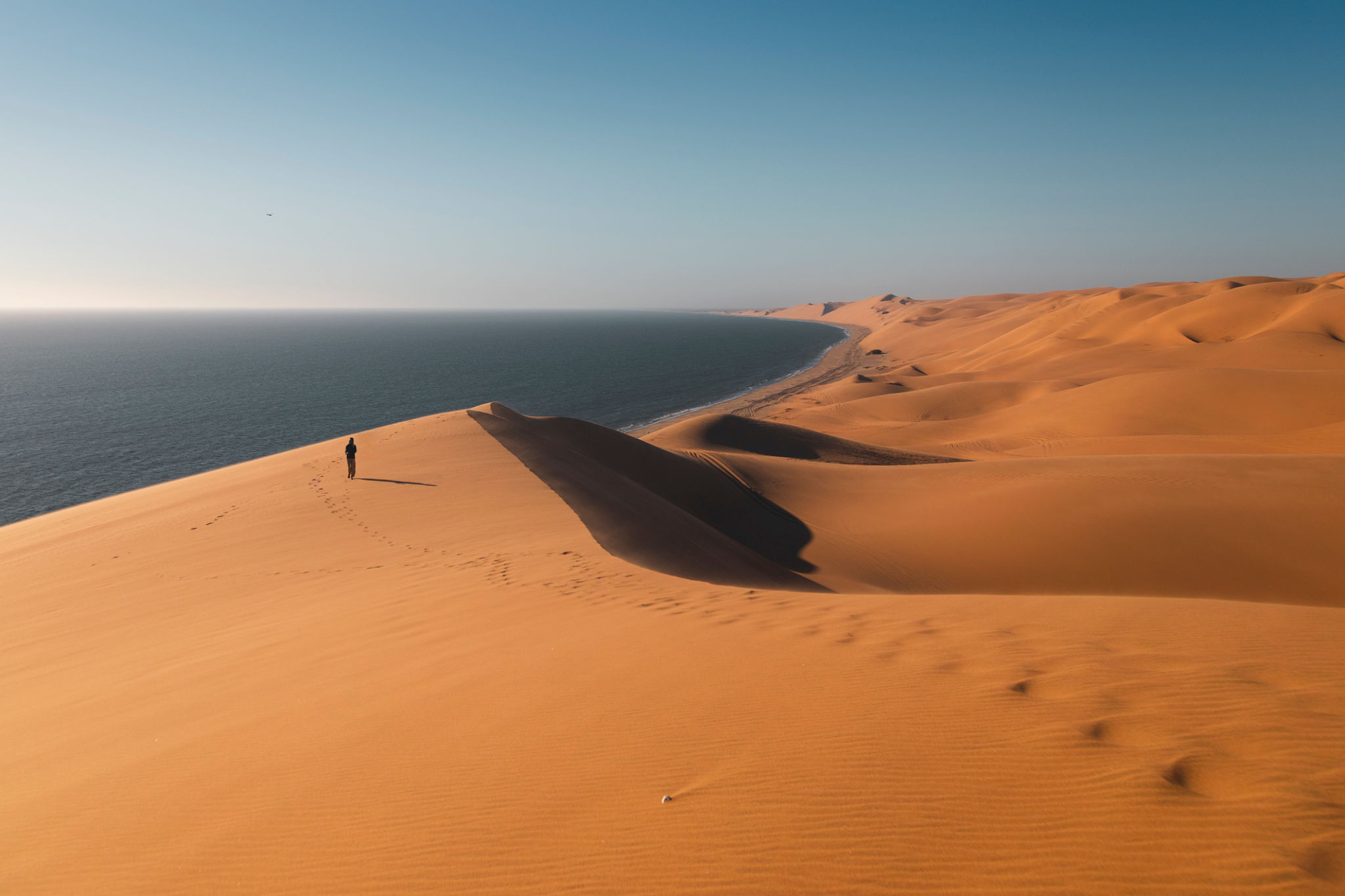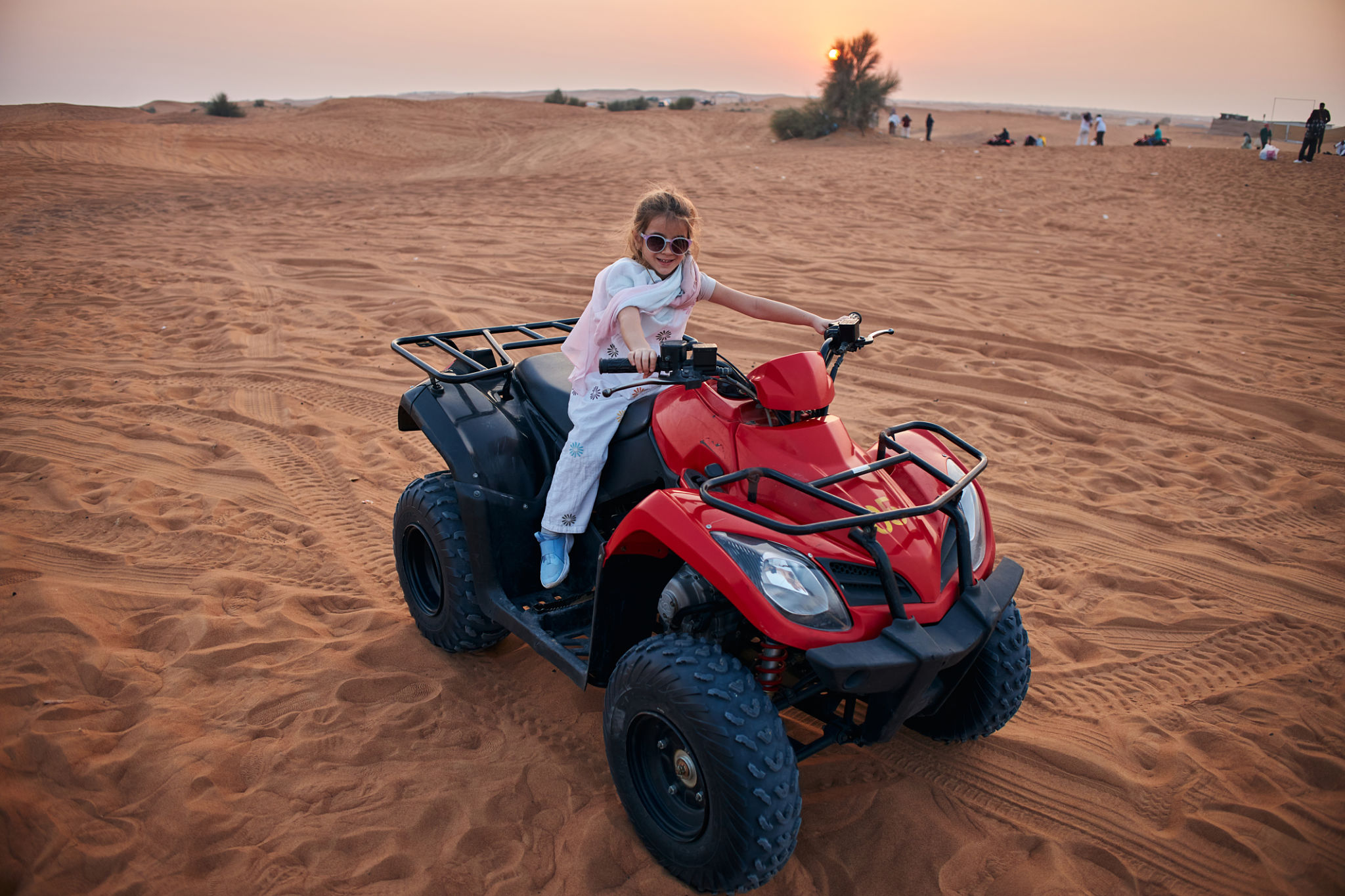The Environmental Challenges of Running in the Empty Quarter
The Vastness of the Empty Quarter
The Empty Quarter, known as Rub' al Khali, is the largest continuous sand desert in the world, sprawling across Saudi Arabia, Oman, the UAE, and Yemen. This immense desert is not only a challenge for explorers but also for those brave enough to take on the challenge of running across its vast emptiness. The harsh environment presents unique challenges that test even the most seasoned athletes.
Running through the Empty Quarter requires exceptional physical endurance and mental strength. The vast landscape, with its endless dunes and scorching temperatures, can be both mesmerizing and daunting. Unlike marathons held in urban areas, where crowds and landmarks provide motivation, the isolation and monotony of the desert can make every step feel like a battle.

Extreme Temperatures
One of the most significant challenges faced by runners in the Empty Quarter is the extreme temperature variations. During the day, temperatures can soar above 50°C (122°F), while at night, they can plummet to near freezing. This drastic difference requires runners to prepare for both intense heat and cold, often within the same 24-hour period. Proper hydration and clothing are crucial for survival and performance.
The scorching sun is relentless, making heatstroke a real threat. Runners must carry sufficient water supplies, as hydration stops are scarce in this barren land. Additionally, lightweight and breathable clothing that offers UV protection is essential to combat the harsh solar rays.

Unpredictable Terrain
The terrain of the Empty Quarter is as unpredictable as it is expansive. The sand dunes shift with the wind, creating an ever-changing landscape that can quickly disorient even the most experienced navigators. Runners must be adept at using navigation tools and possess a keen sense of direction to avoid getting lost in this sea of sand.
Moreover, the softness of the sand can make running extremely challenging. Every step sinks into the ground, requiring more energy and effort than running on a solid surface. Runners often need specialized footwear designed to provide traction and support in sandy environments.

Wildlife and Natural Hazards
While it may seem devoid of life, the Empty Quarter is home to various wildlife species that have adapted to its harsh conditions. Though encounters with animals are rare, runners should be aware of potential hazards such as scorpions and snakes that inhabit the area. Being prepared with knowledge of local wildlife is part of the necessary preparation for this extreme adventure.
Sandstorms pose another significant natural hazard. These storms can reduce visibility to near zero, making navigation nearly impossible. Runners must keep track of weather forecasts and have contingency plans in place for seeking shelter should a sandstorm arise.
Environmental Impact
Running in such a delicate ecosystem requires an understanding of the environmental impact. The Empty Quarter is a pristine environment that needs to be preserved. Runners must adhere to strict guidelines to minimize their footprint, ensuring that their journey does not disturb the natural balance.
Organizers and participants should focus on sustainable practices, such as leaving no trace and respecting local wildlife habitats. By doing so, they can help preserve this unique landscape for future generations.

The Mental Challenge
Perhaps one of the most demanding aspects of running in the Empty Quarter is the mental challenge. The isolation and repetitive landscape can test a runner's mental fortitude. It's essential for runners to prepare mentally as much as physically to overcome feelings of solitude and maintain motivation throughout their journey.
In conclusion, running through the Empty Quarter is a true test of human endurance and spirit. The environmental challenges are numerous and varied, requiring thorough preparation and respect for nature. For those who rise to the challenge, it offers an experience unlike any other, showcasing the breathtaking beauty and unforgiving nature of one of the world's last great frontiers.
